Title Page
Table of Contents
Chapter 1: Intro to Microprocessor Communication
Instruction Fetch and Execution
General
In-Line Code Fetching
Reading and Writing
Chapter 2: Introduction to the Bus Cycle
Introduction
Automatic Dishwasher – Classic State Machine Example
The System Clock – a Metronome
Microprocessor's Bus Cycle State Machine
Address Time
Data Time
Chapter 3: Addressing I/O and Memory
Evolution of Memory and I/O Address Space
Intel 8080 Microprocessor Address Space
8086 and 8088 Microprocessor Address Space
Chapter 4: The Address Decode Logic
The Address Decoder Concept
Data Bus Contention (Address Conflicts)
How Address Decoders Work
Example 1– PC and PC/XT ROM Address Decoder
Background
Chapter 5: The 286 Microprocessor
The 80286 Functional Units
The Instruction Unit
The Execution Unit
General Registers
Chapter 6: The Reset Logic
The Power Supply Reset
Reset Button
Shutdown Detect
Hot Reset
Alternate (Fast) Hot Reset
Ctrl-Alt-Del Soft Reset
Chapter 7: The Power-Up Sequence
The Power Supply – Primary Reset Source
How RESET Affects the Microprocessor
Processor Reaction When Output Voltages Stabilize
The First Bus Cycle
Chapter 8: The 80286 System Kernel: The Engine
The Bus Control Logic
The Address Latch
Address Pipelining
Chapter 9: Detailed View of the 80286 Bus Cycle
Address and Data Time Revisited
The Read Bus Cycle
Chapter 10: The 80386DX and SX Microprocessors
Introduction
The 80386 Functional Units
General
Code Prefetch Unit
Instruction Decode Unit
Execution Unit
General
The Registers
General Registers
Status, MSW and Instruction Registers
Appendix B: Glossary
Glossary
Index
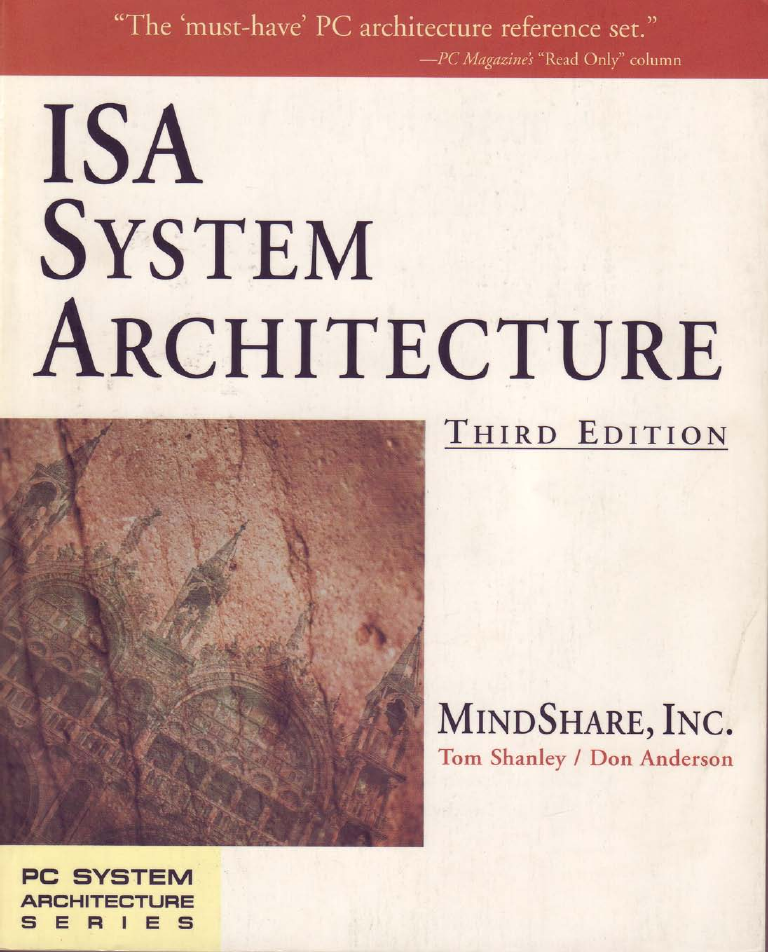

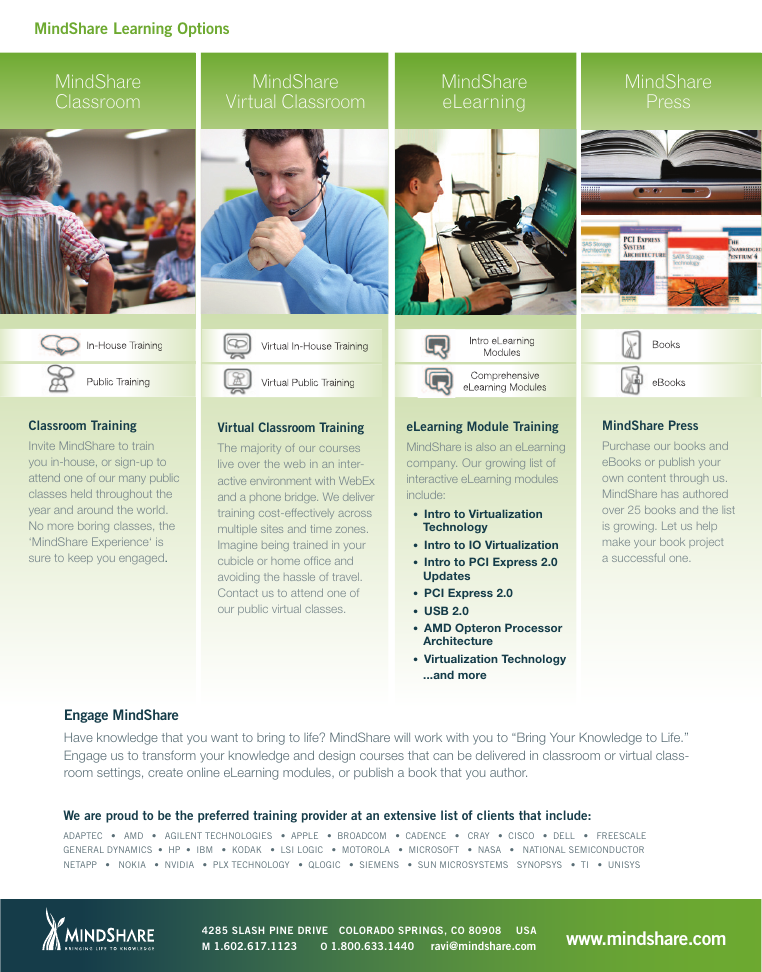
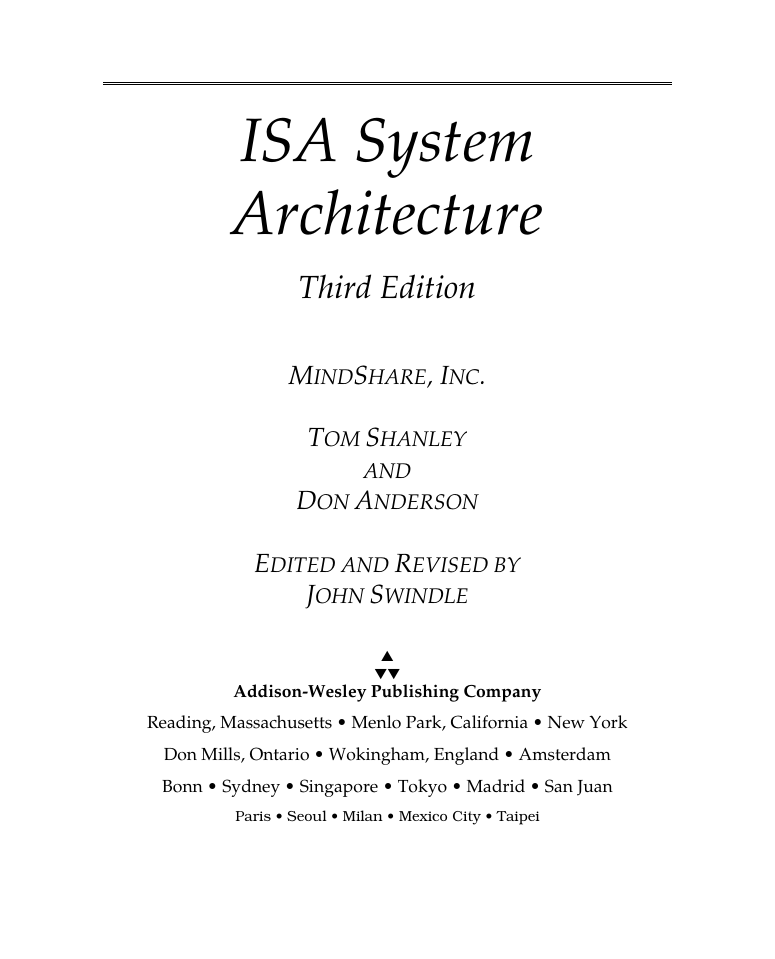

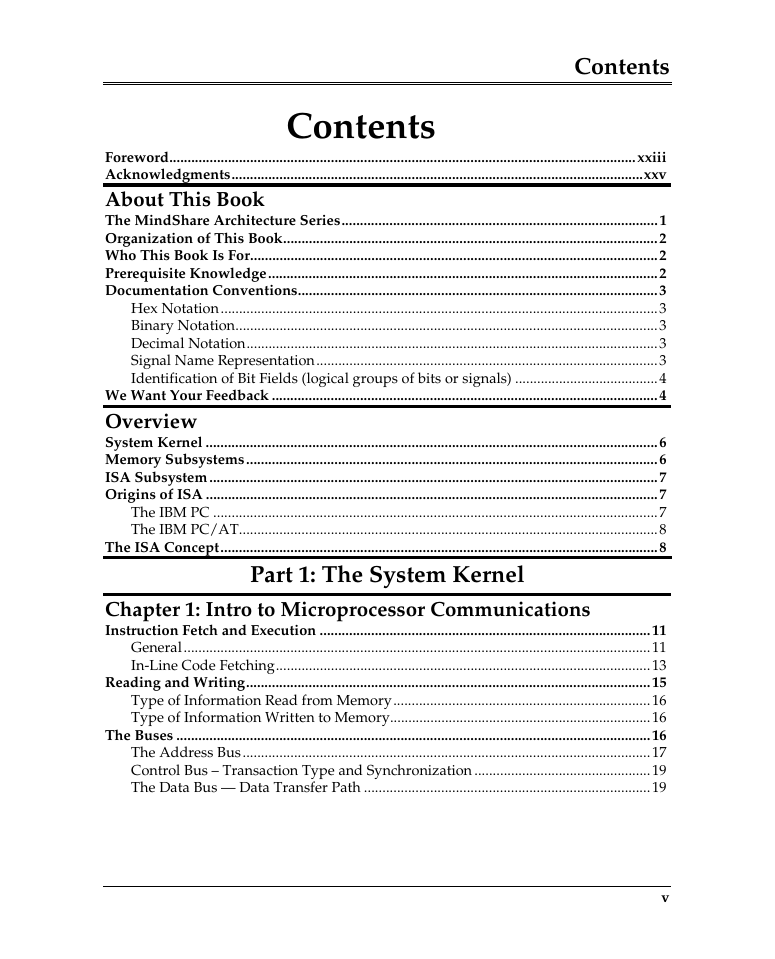
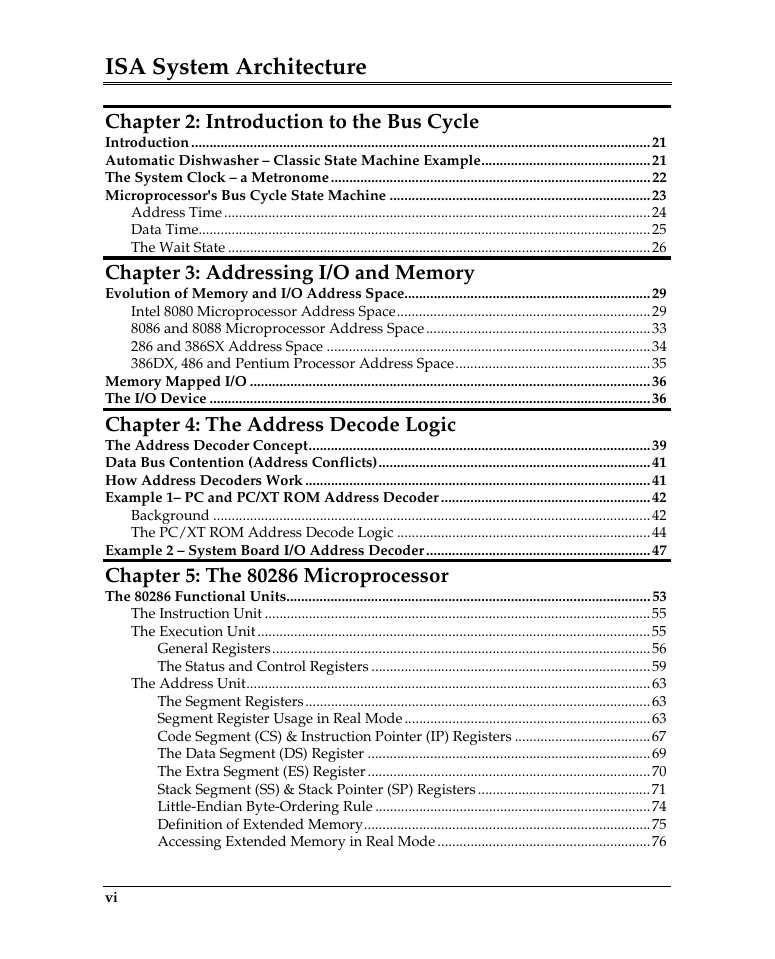
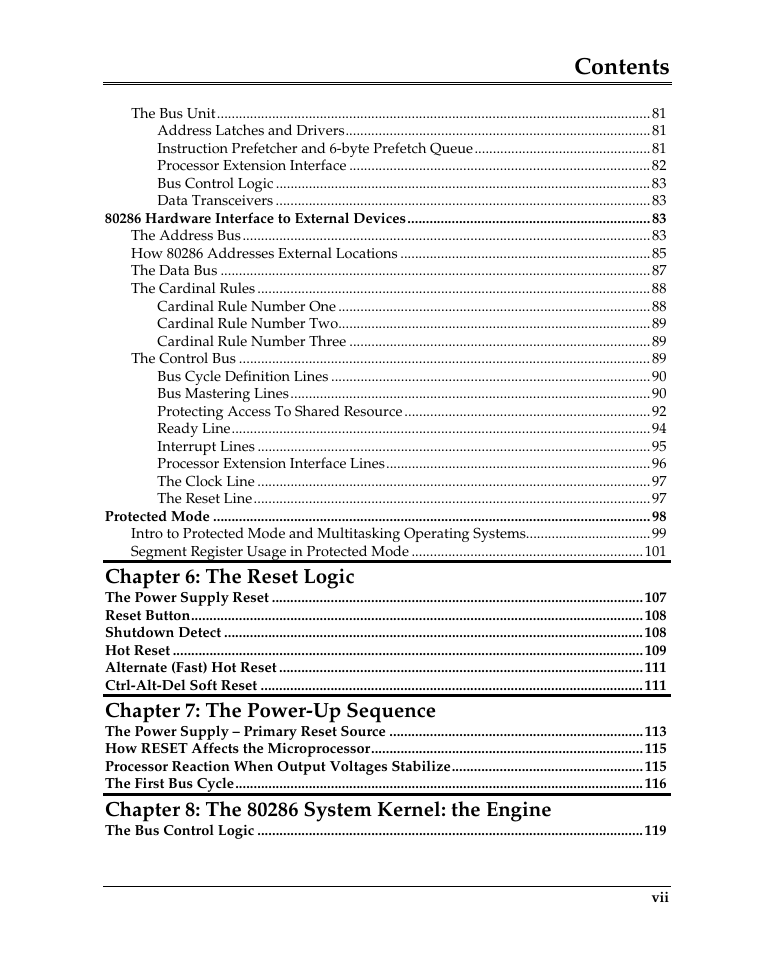








 2023年江西萍乡中考道德与法治真题及答案.doc
2023年江西萍乡中考道德与法治真题及答案.doc 2012年重庆南川中考生物真题及答案.doc
2012年重庆南川中考生物真题及答案.doc 2013年江西师范大学地理学综合及文艺理论基础考研真题.doc
2013年江西师范大学地理学综合及文艺理论基础考研真题.doc 2020年四川甘孜小升初语文真题及答案I卷.doc
2020年四川甘孜小升初语文真题及答案I卷.doc 2020年注册岩土工程师专业基础考试真题及答案.doc
2020年注册岩土工程师专业基础考试真题及答案.doc 2023-2024学年福建省厦门市九年级上学期数学月考试题及答案.doc
2023-2024学年福建省厦门市九年级上学期数学月考试题及答案.doc 2021-2022学年辽宁省沈阳市大东区九年级上学期语文期末试题及答案.doc
2021-2022学年辽宁省沈阳市大东区九年级上学期语文期末试题及答案.doc 2022-2023学年北京东城区初三第一学期物理期末试卷及答案.doc
2022-2023学年北京东城区初三第一学期物理期末试卷及答案.doc 2018上半年江西教师资格初中地理学科知识与教学能力真题及答案.doc
2018上半年江西教师资格初中地理学科知识与教学能力真题及答案.doc 2012年河北国家公务员申论考试真题及答案-省级.doc
2012年河北国家公务员申论考试真题及答案-省级.doc 2020-2021学年江苏省扬州市江都区邵樊片九年级上学期数学第一次质量检测试题及答案.doc
2020-2021学年江苏省扬州市江都区邵樊片九年级上学期数学第一次质量检测试题及答案.doc 2022下半年黑龙江教师资格证中学综合素质真题及答案.doc
2022下半年黑龙江教师资格证中学综合素质真题及答案.doc